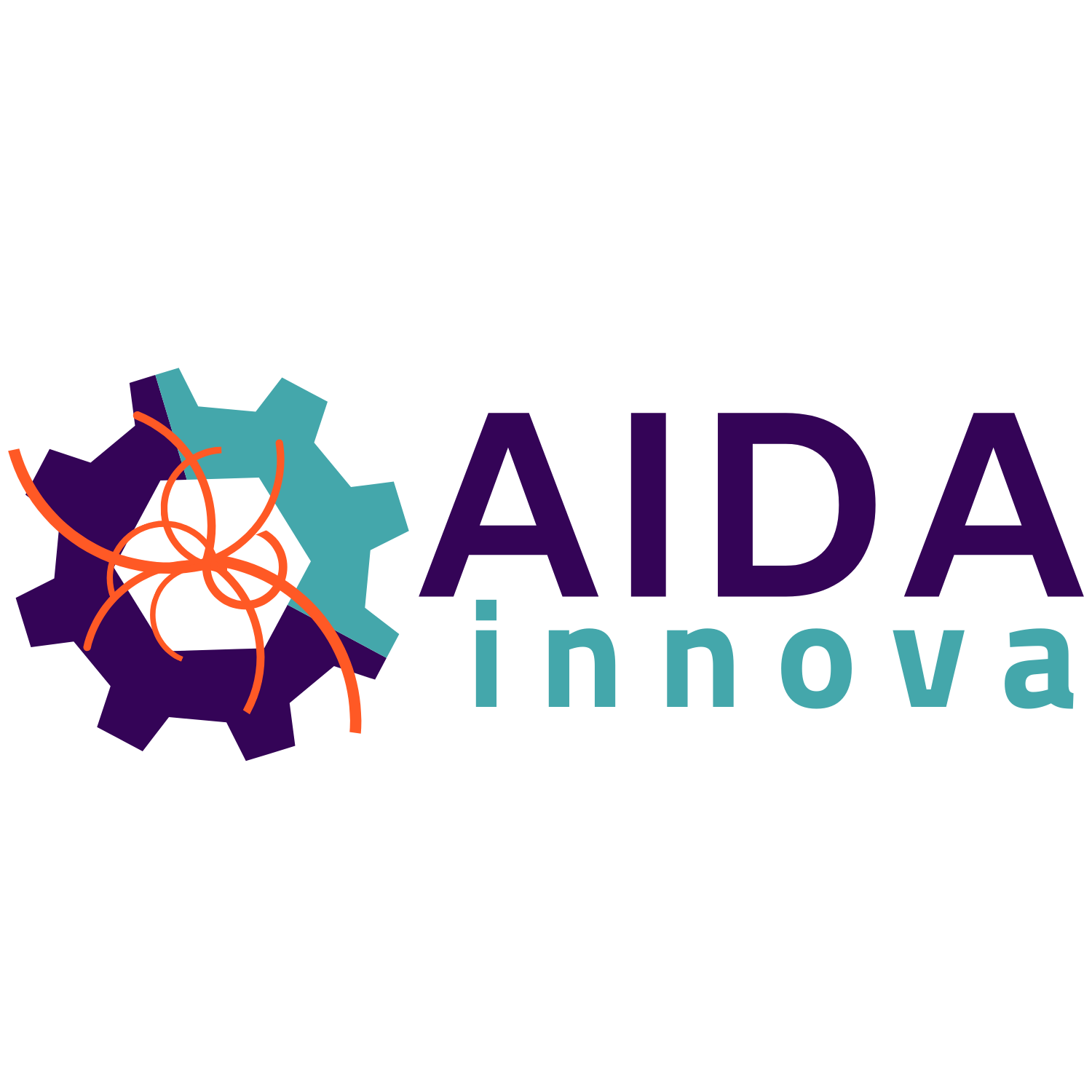November 2021
November 2021
This article was originally published in the EP Newsletter.
By Susanne Kuehn (CERN)
|
Note from the editor Since this publication of this article, the update to the ECFA Roadmap has been approved by the ECFA. We advise you Phil Allport's presentatio, here, to learn more on what has been approved. A further article, to be published at the end of the year, will go into more detail on the content of the ECFA Roadmap for R&D on Detector Technologies. |
It was reported in the previous edition of the EP Newsletter (1) that the European Strategy for Particle Physics
The prototype, designed for the containment of electromagnetic showers, was qualified on beam, first at DESY with a pure electron beam with energies up to 6 GeV and secondly at CERN with electrons up to 100 GeV (image: INFN-PV Lab)
By Roberto Ferrari (INFN) and Romualdo Santoro (Insubria University and INFN)
Highly granular dual-readout calorimeters would enable a better resolution in hadron calorimetry. This summer, a prototype was tested at DESY and CERN.
The fluctuations of the electromagnetic and hadronic components of hadronic showers is one of the most limiting factors for the energy
By Lucian Scharenberg (CERN)
In summer 2021, several state-of-the-art detector instrumentations conducted full characterisation studies at SPS.
In order to match the increasing detector performance standards in precision and speed of new detectors for future experiments, it is necessary to continuously improve their instrumentation and adapt to new user demands. Aimed at the advancement and innovation for detectors at accelerators, the EU-funded AIDAinnova project includes in its Work Package 3 the provision of state-of-the-art infrastructure – sensors, test beam and data acquisition (DAQ)
